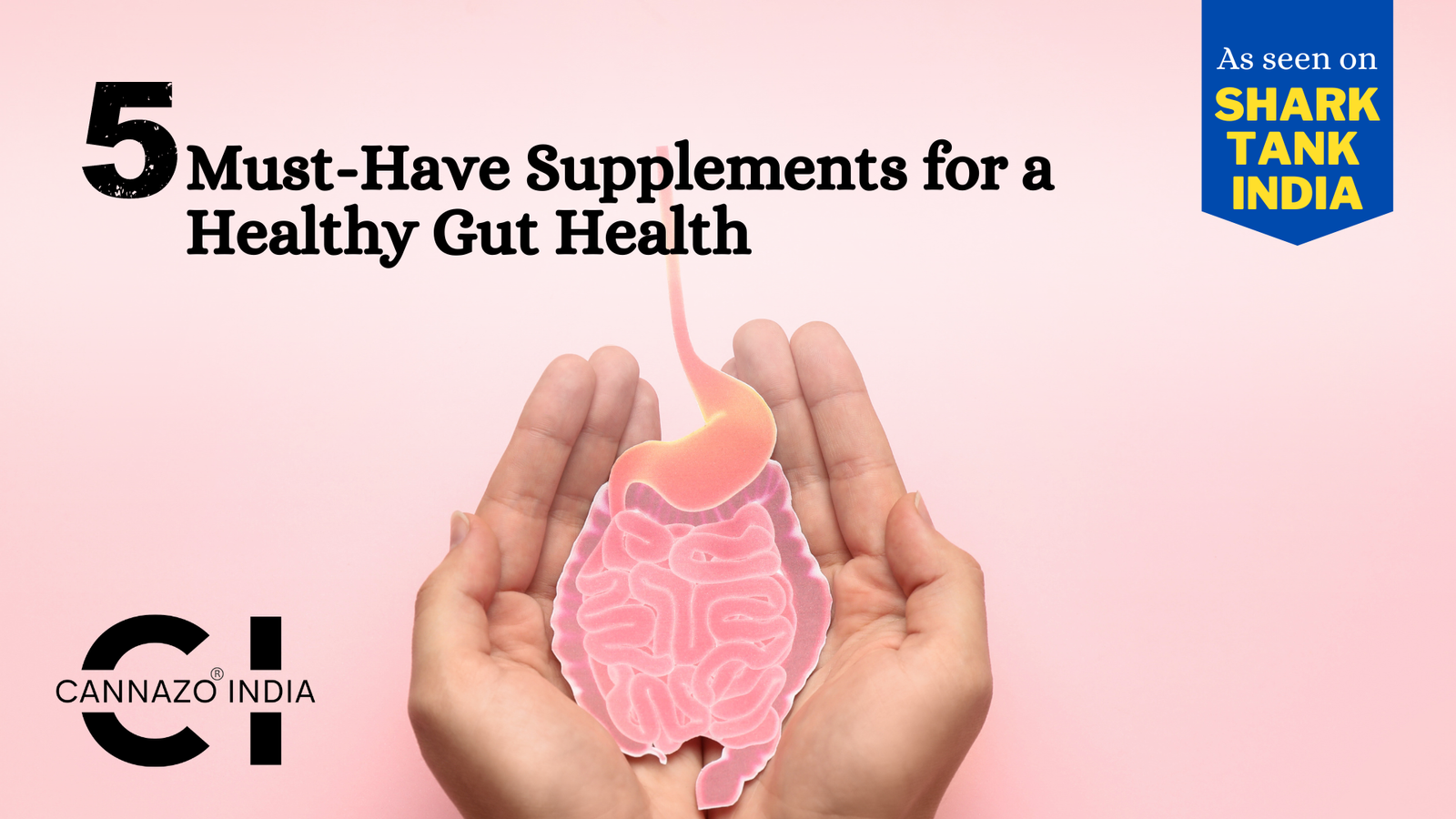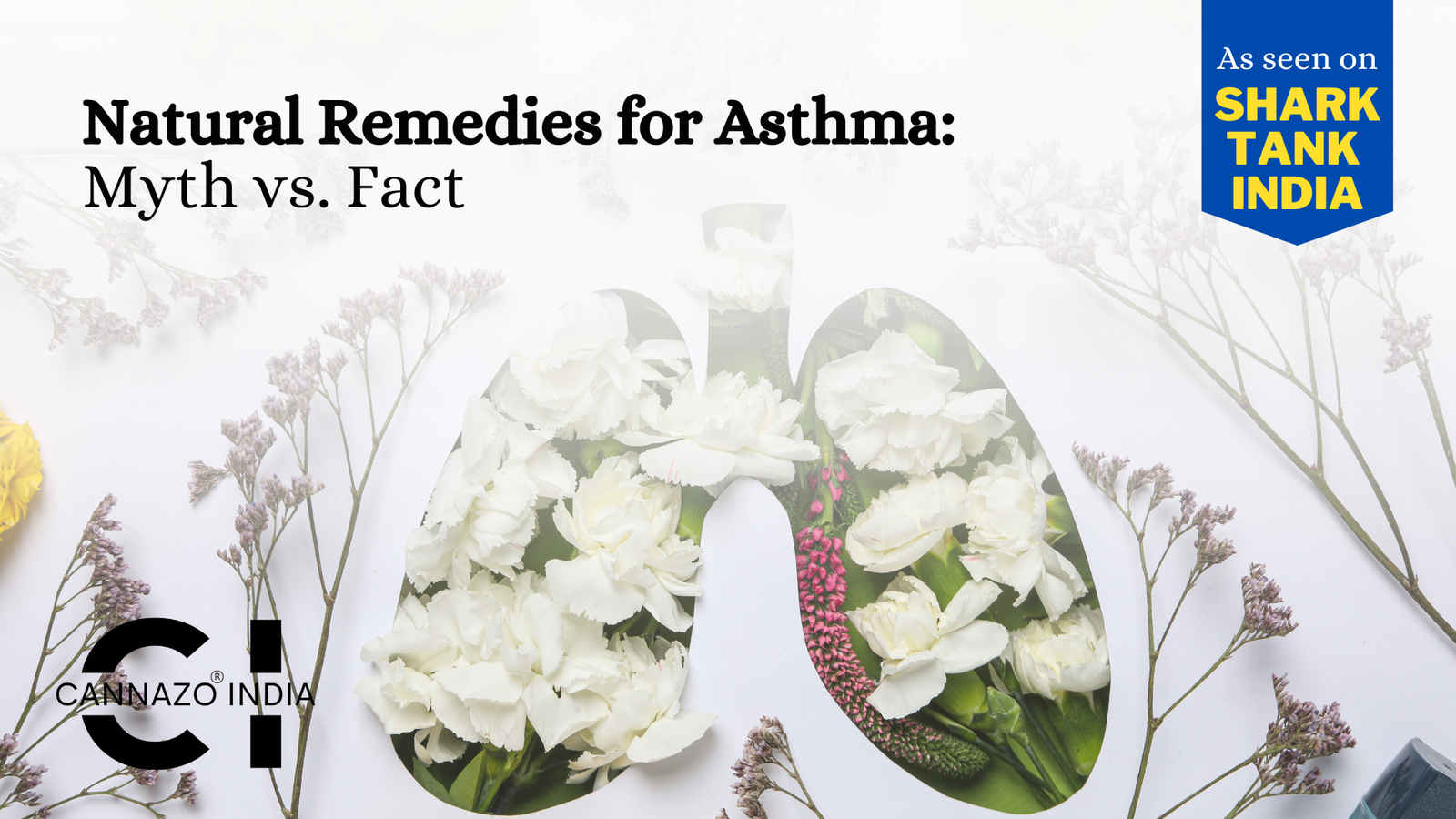Ayurvedic Doshas: Vata, Pitta, and Kapha – A Comprehensive Exploration

Introduction
Ayurveda, often referred to as the “Science of Life,” is one of the world’s oldest holistic healing systems. Rooted in ancient Indian wisdom, Ayurveda recognizes that each individual is unique and has a specific constitution known as Prakriti. Prakriti is determined by the balance of three fundamental energies or doshas – Vata, Pitta, and Kapha. In this comprehensive guide, we will delve deeper into these doshas, their characteristics, the impact of imbalances, and how Ayurvedic principles can be applied to achieve optimal health.
What are Doshas in Ayurveda?
Doshas are the foundational elements of Ayurveda, representing the five elements – ether, air, fire, water, and earth – in different combinations. These doshas govern various physiological and psychological functions in the human body and mind. The three primary doshas are Vata, Pitta, and Kapha.
Understanding the Three Doshas:

Vata Dosha
Elements: Air and Ether
Qualities: Cold, light, dry, rough, flowing, spacious
Season: Vata is akin to autumn, with its cool, crisp days.
Characteristics: Individuals dominated by Vata dosha tend to be slim, energetic, and creative. They possess a unique ability to think outside the box but can be easily distracted. Their mood is highly influenced by external factors, including weather, surroundings, and diet.

Pitta Dosha
Elements: Fire and Water
Qualities: Hot, light, sharp, oily, liquid, mobile
Season: Pitta corresponds to summer, characterized by hot and sunny days.
Characteristics: Pitta-dominant individuals typically have a muscular build and exhibit strong leadership qualities. They are highly motivated, goal-oriented, and competitive. However, their aggressive nature can sometimes lead to conflicts.

Kapha Dosha
Elements: Earth and Water
Qualities: Steady, heavy, stable, slow, soft, cold
Season: Kapha is associated with spring when the world slowly emerges from hibernation.
Characteristics: Those with a dominant Kapha dosha are known for their strength, thick build, and nurturing nature. They excel in connecting with others and providing support. They approach life in a deliberate, methodical manner and rarely act impulsively.
Ayurvedic Prakriti and Dosha Imbalances
Ayurveda recognizes seven different types of Prakriti, determined by the relative predominance of one, two, or all three doshas. Those with Sama Prakriti, where all doshas are in equilibrium, are less susceptible to diseases. However, imbalances in doshas can lead to specific health conditions.
Vata Imbalance: Individuals with Vata imbalances may experience Vataja diseases such as body aches, joint disorders, and neuro-muscular problems.
Pitta Imbalance: Pitta imbalances can result in Pittaja diseases, including acid peptic disorders, skin issues, and inflammatory reactions.
Kapha Imbalance: Kapha imbalances may lead to Kaphaja diseases like respiratory problems, worm infestations, and itching.
The Role of Ayurvedic Medicine
Ayurvedic medicine, deeply rooted in dosha principles, employs a holistic approach to healing. It seeks to balance and harmonize the doshas to promote well-being and prevent disease. Ayurvedic practitioners diagnose imbalances through careful observation, detailed history-taking, and pulse examination.
Ayurvedic Treatment and Remedies
Ayurvedic treatment strategies are highly individualized, considering a person’s Prakriti and the specific dosha imbalances. These treatments often include:
Ayurvedic Diet: Tailored dietary recommendations based on dosha dominance.
Ayurvedic Lifestyle: Adjusting daily routines, sleep patterns, and activities to align with dosha characteristics.
Ayurvedic Herbs: Utilizing herbal remedies that support specific doshas.
Ayurvedic Yoga and Meditation: Incorporating yoga poses and meditation techniques suitable for individual doshas.
Ayurvedic Self-Care: Embracing self-care practices tailored to dosha types.
Ayurvedic Dosha Quiz: Taking an Ayurvedic dosha quiz to determine one’s Prakriti.
Ayurvedic Body Types: Understanding body types based on dosha influences.
Ayurvedic Health Tips: Following Ayurvedic guidance for maintaining well-being.
The Integration of CBD Oil in Ayurveda
Modern integrative approaches may incorporate CBD oil, derived from the cannabis plant, into Ayurvedic treatments. CBD oil is believed to have various potential health benefits, and its use in Ayurveda is an evolving area of study.
Conclusion
In conclusion, Ayurvedic doshas – Vata, Pitta, and Kapha – are the cornerstones of Ayurvedic medicine, offering a unique lens through which to view individual health and well-being. Recognizing one’s Prakriti and understanding dosha imbalances allow individuals to make informed choices in diet, lifestyle, and remedies to achieve balance, vitality, and harmony.
The holistic approach of Ayurveda encourages individuals to embrace their unique constitution and work towards optimal well-being, both physically and mentally. As Ayurveda continues to gain recognition in the modern world, its timeless wisdom offers a path to holistic health that respects the individuality of each person.




















































































































